
Nature
23:01, 13-Jan-2019
Qinling National Park: A glimpse at China's national parks system
Updated
22:55, 16-Jan-2019
By Zhao Ying, Zhu Yingming

The "2019-2021 Working Plan for the Eco-restoration of the Qinling Mountains" was released on Wednesday by Xi'an Municipal Government, aiming to protect the natural environment and biodiversity in the country's significant eco-barrier.
The plan underscores the principle of "ecological red lines," that is to strictly regulate and manage areas where commercial and industrial development is prohibited. In the recent anti-corruption campaign, nearly 1,200 illegally built villas at the northern foot of the Qinling Mountains were demolished to make way for environmental restoration.
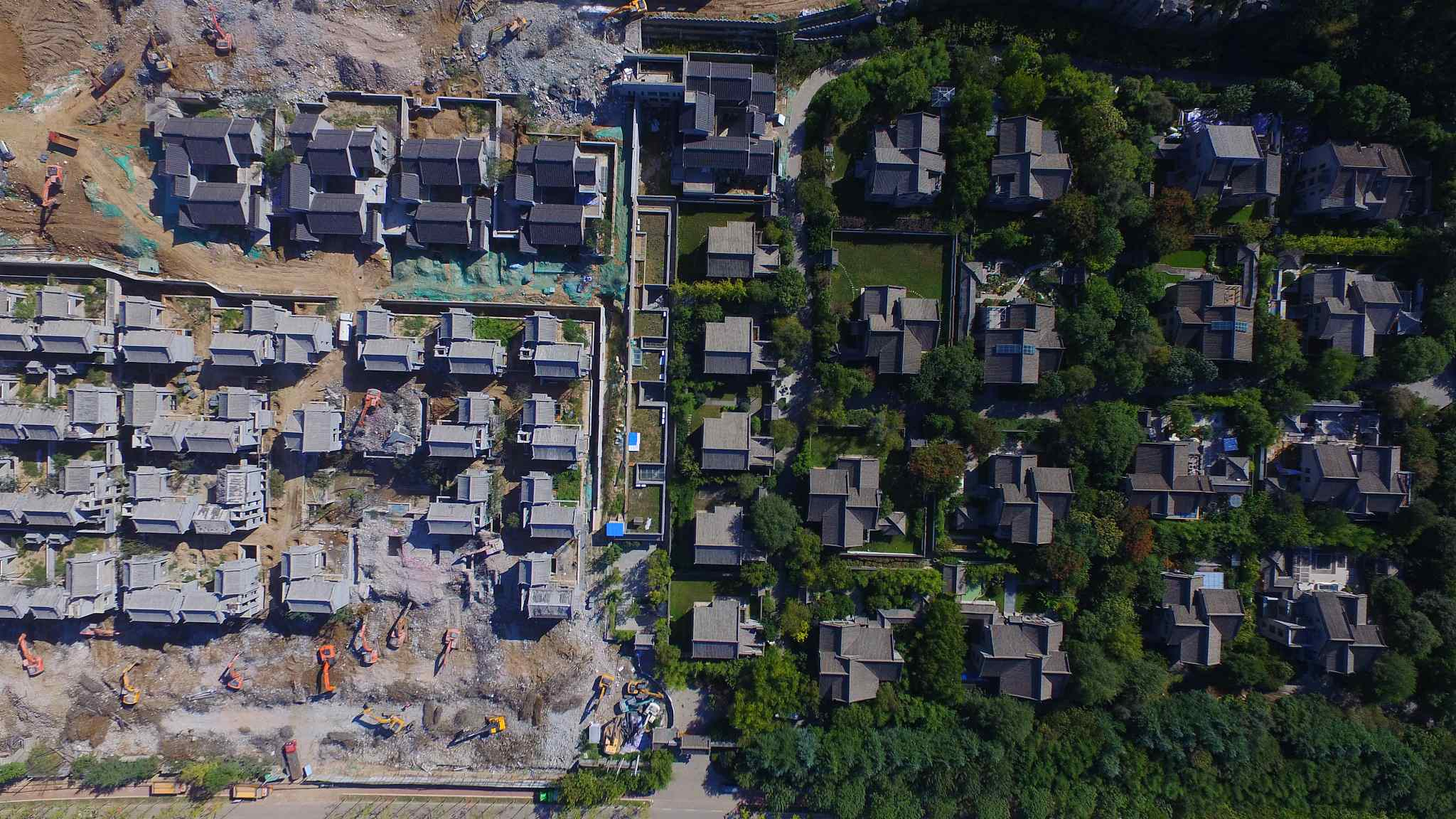
Demolition of illegal villas underway at the northern foot of the Qinling Mountains. /VCG Photo
Demolition of illegal villas underway at the northern foot of the Qinling Mountains. /VCG Photo
The plan also stresses the goal of building national parks in the Qinling Mountains, which is a concept inspired by the U.S. parks system and was introduced in China only in 2013.
What is a national park?
In the 1830s, when American artist George Catlin saw that the robes made from the fur of buffalos had become a hit in the eastern cities, he was distressed by the destruction of the delicate balance of nature and came up with the idea of "national parks" to better preserve buffalos and the Indians who depended upon them.
His proposal was not given serious consideration by policymakers at the time. Forty years later, the world's first national park in the U.S., Yellowstone, was created in 1872 as a result of an expedition supported by the Congress.
Later, the national parks system was gradually developed in the United States.
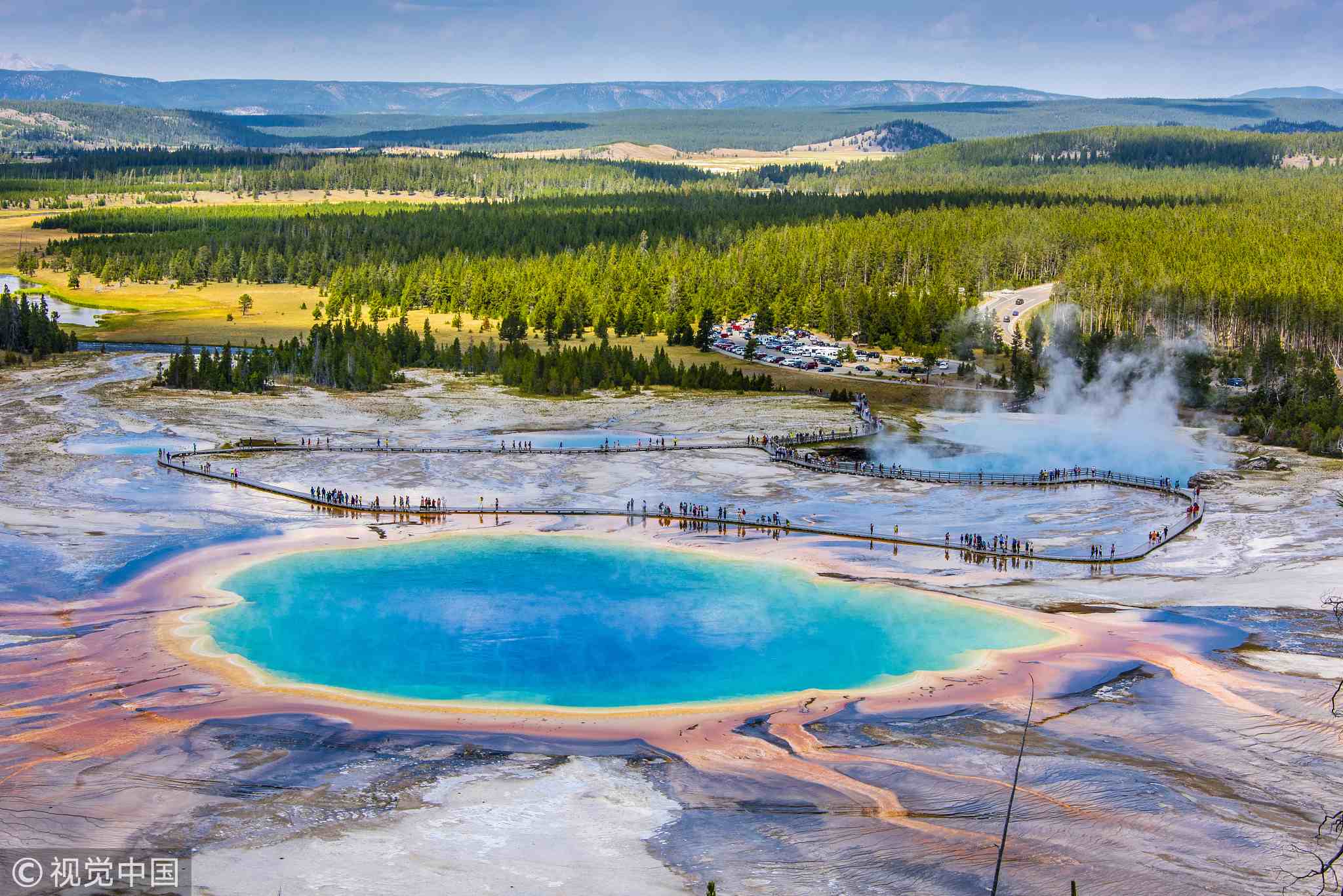
The Yellowstone National Park in the United States. /VCG Photo
The Yellowstone National Park in the United States. /VCG Photo
A national park is defined by the International Union for Conservation of Nature (IUCN) as its Category II type of protected areas. It is established to conserve the large-scale ecosystem of the area. Tourists can still pay visits as long as such activities won't hamper conservation efforts.
Why is China pushing for national parks system?
Previously, China had numerous nature reserves, various parks and tourist resorts that were scattered geographically and hard to manage. The fragmented nature reserves in the same area make the integration of various species harder and create barriers to scientific research.
The idea of building national parks system was first put forward at the Third Plenary Session of the 18th CPC Central Committee in 2013. In December 2016, Chinese President Xi Jinping proposed to establish national parks in order to preserve the authenticity and completeness of natural ecosystems and protect endangered species.
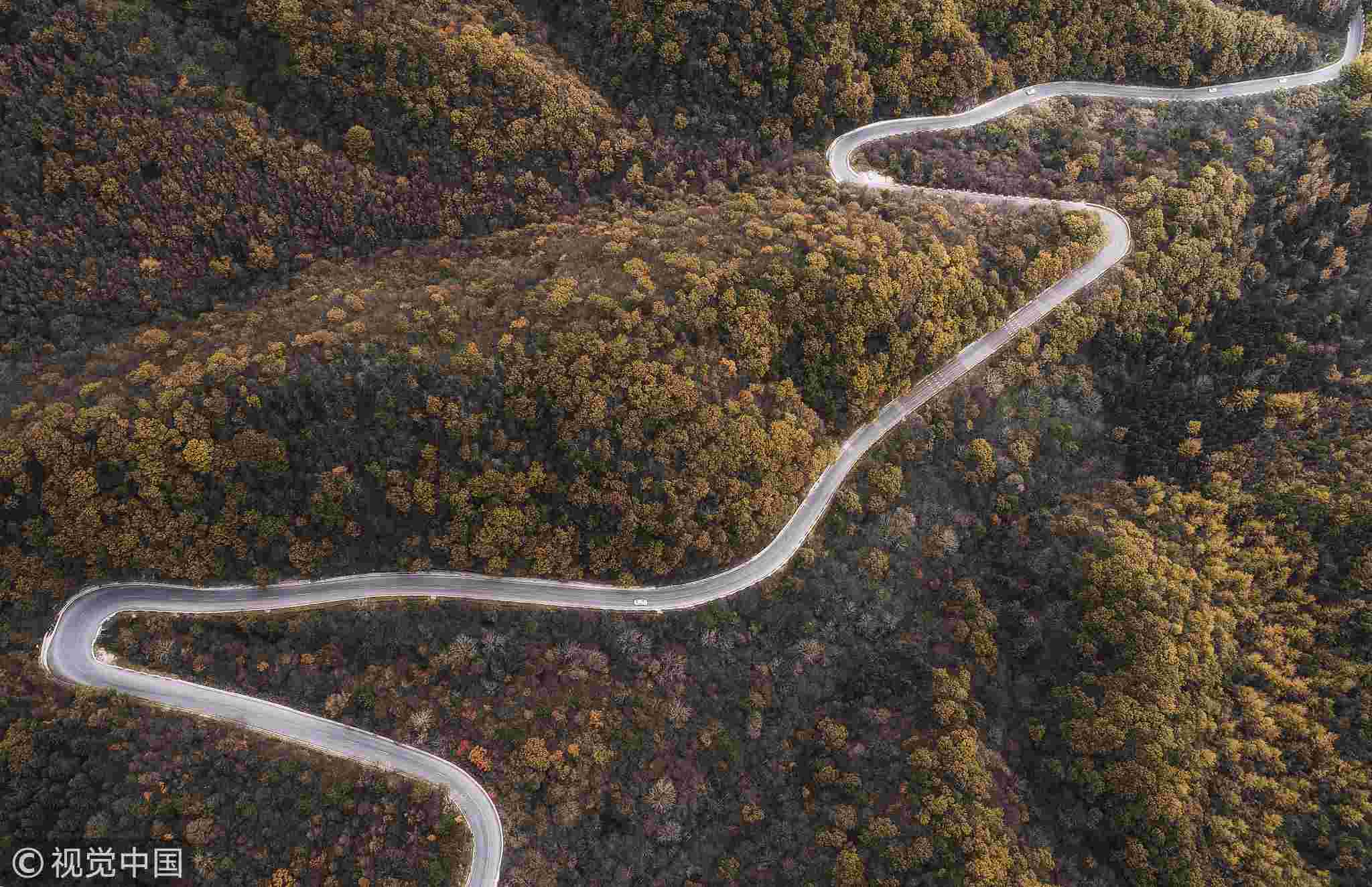
An aerial view of the Qinling Mountains in autumn. /VCG Photo
An aerial view of the Qinling Mountains in autumn. /VCG Photo
After "the General Plan to Establish the National Parks System" was passed in July 2017, the National Forestry and Grassland Administration performed an additional function of National Park Administration in 2018. From then on, China's national parks system began to shape up.
Compared with traditional nature reserves, national parks will protect a larger area with stronger conservation measures, which better restore and preserve the ecosystems, and eventually achieve the goal of "clear waters, green mountains, and slopes."
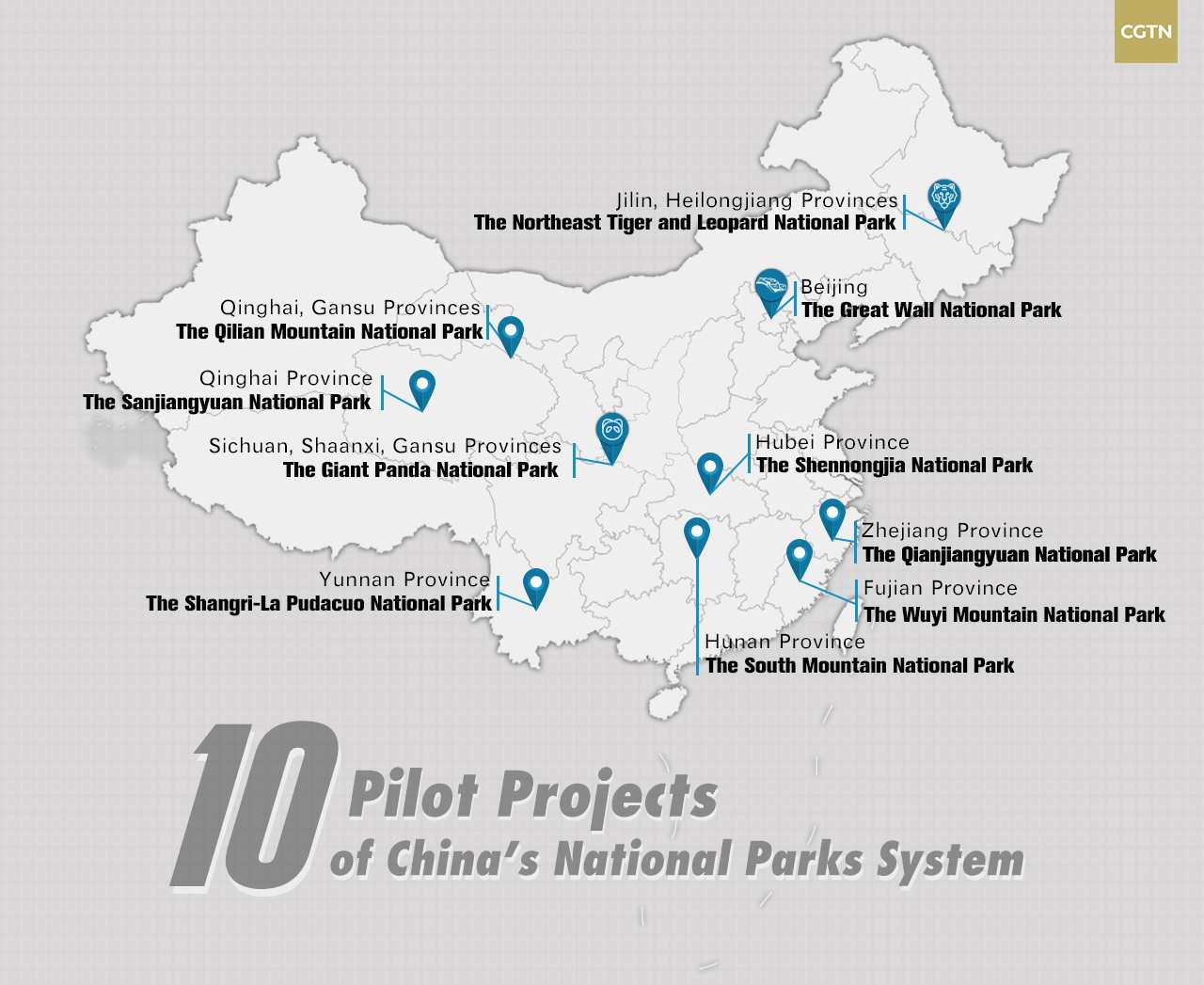
10 pilot projects under China's National Parks System. /CGTN Graphic
10 pilot projects under China's National Parks System. /CGTN Graphic
By 2020, pilot projects of the National Parks System are expected to complete. So far, there are 10 pilot projects under the system, protecting unique ecosystems and endangered species, such as the giant pandas and Siberian tigers.
National parks in the Qinling Mountains
Among the 10 pilot projects, the Giant Panda National Park spanning Sichuan, Shaanxi, and Gansu provinces is to be established by 2020. This 27,134-square-kilometer national park will cover 67 existing giant panda nature reserves. It will be re-divided into four districts, according to "the Pilot Plan for the Giant Panda National Park System" released in 2017.
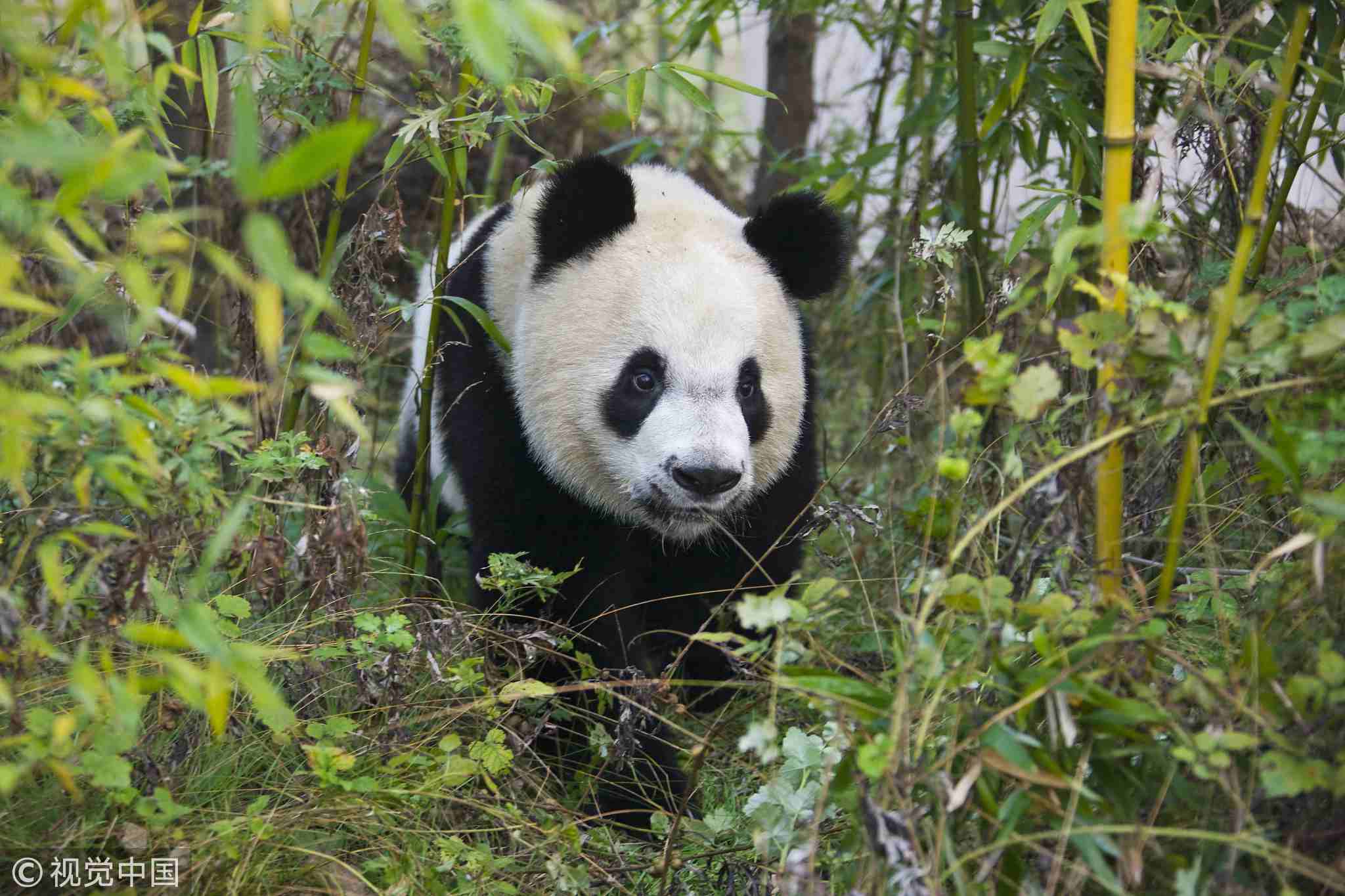
A giant panda cub in the Qinling Mountains. /VCG Photo
A giant panda cub in the Qinling Mountains. /VCG Photo
The Qinling district of the Giant Panda National Park is home to the Qinling panda, a subspecies of the giant panda, which is different from the giant panda from southwest China's Sichuan Province in terms of color and size.
The district occupies a land area of 4,386 square kilometers and is a place where the giant pandas are most densely populated. The number of wild giant panda in the district reaches 298 while the total number of giant pandas living in the wild is 1,864.
Apart from the Giant Panda National Park, three national parks are planned to be established in northwest China's Shaanxi province, including the Qinling National Park, the Qiao Mountain National Park, and the Yellow River National Park, according to "the Eco-environment Protecting Plan of Shaanxi Province's 13th Five-year Plan."

Sunrise on the deeply forested slopes of Zhouzhi Nature Reserve in Qinling Mountains. /VCG Photo
Sunrise on the deeply forested slopes of Zhouzhi Nature Reserve in Qinling Mountains. /VCG Photo
The Qinling National Park will be located at the northern foot of the Qinling Mountains. It is to incorporate the Qinling National Botanical Garden, which is known as the first national botanical garden in China and the largest botanical garden in the world.
With complexity and abundance of life, the Qinling Mountains are home to more than 700 vertebrates and over 3,800 seed plant species. During the Two Sessions in 2018, several members of the national committee of CPPCC proposed to build the Great Qinling National Park and make it a part of the national strategy.
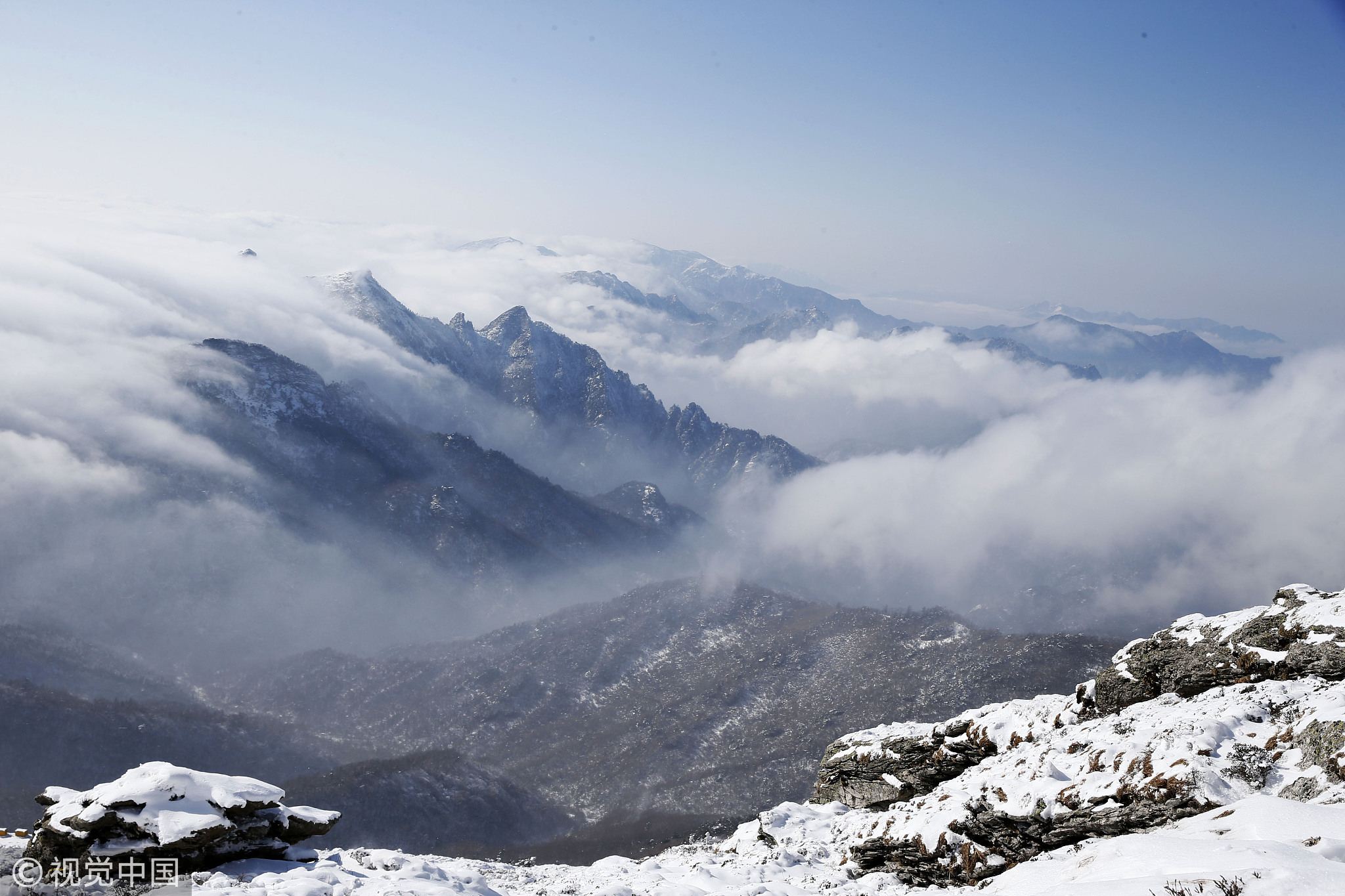
A sea of clouds in the Qinling Mountains in winter. /VCG Photo
A sea of clouds in the Qinling Mountains in winter. /VCG Photo

SITEMAP
Copyright © 2018 CGTN. Beijing ICP prepared NO.16065310-3
Copyright © 2018 CGTN. Beijing ICP prepared NO.16065310-3